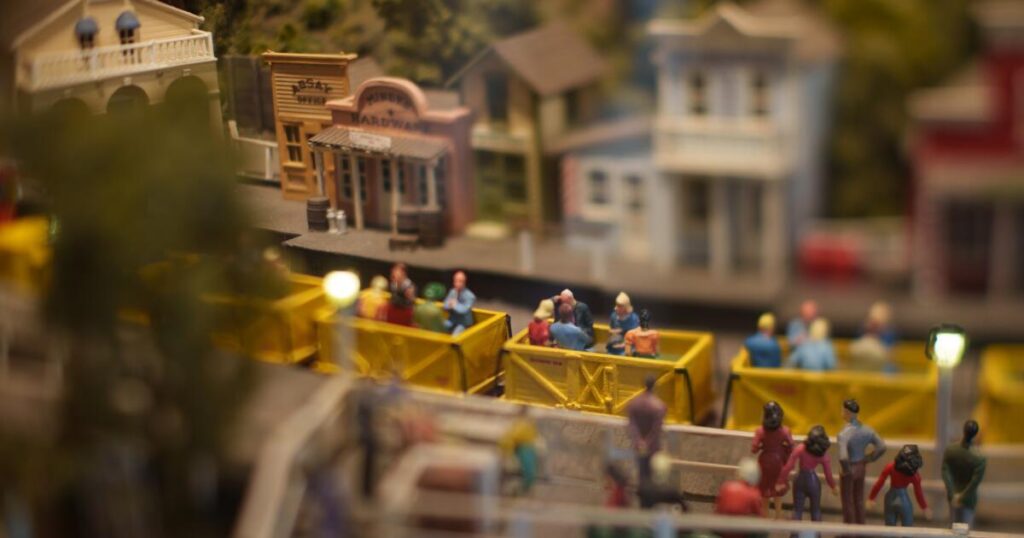It was also one of Walt Disney’s favorite restaurants, in part due to its proximity to the studio. The look of the Tam O’Shanter has changed slightly over the years — it’s said to have been a bit more fairy tale-leaning in the Walt Disney-era — but much of what makes it an L.A. original is still in place.
And Eddie Sotto, a creative executive and former Walt Disney Imagineer, considers the Tam O’Shanter a Disneyland influence.
“I would argue that Harry Oliver, who also designed the western town of the 1935 [World’s Fair] exposition in San Diego that Walter Knott visited, was the bridge between Walter Knott theming Knott’s Berry Farm and Walt Disney theming Disneyland,” Sotto once told The Times. “Walt Disney was eating in a themed environment at the Tam O’Shanter, which was far more Expressionist back then. It was more fantasy-oriented.”
The Tam O’Shanter isn’t shy about its Disney connection. The lobby is home to paintings from Disney artisans, and the restaurant has set aside a table — it’s Table No. 31 — that it claims was one of Disney’s favorites. It’s said, as detailed in Marcy Carriker Smothers’ book “Eat Like Walt,” that Disney and his staff in the 1930s ate lunch so often at the Tam O’Shanter that it was colloquially referred to as the “Disney Commissary.”
As for Table No. 31, today it is outfitted with carvings by Walt Disney Imagineers that pay tribute to the park’s reto-futurism of Tomorrowland (fun fact: the sketches were originally part of an alternate reality game designed to promote the 2015 film “Tomorrowland”). Now, was that actually Disney’s favorite table? That depends on whom you ask. Historian Smothers notes in her book that it was actually Table No. 35, which offered a bit more privacy, including a curtain if need be.
